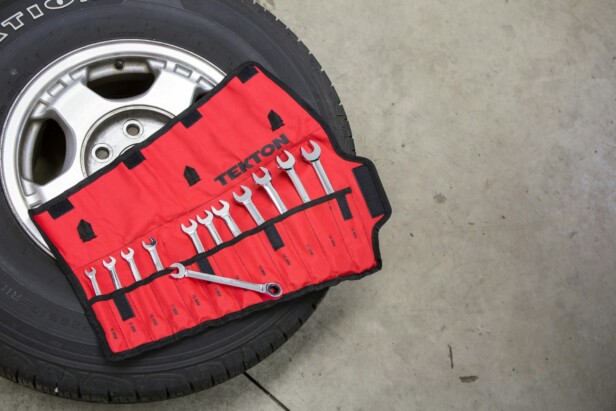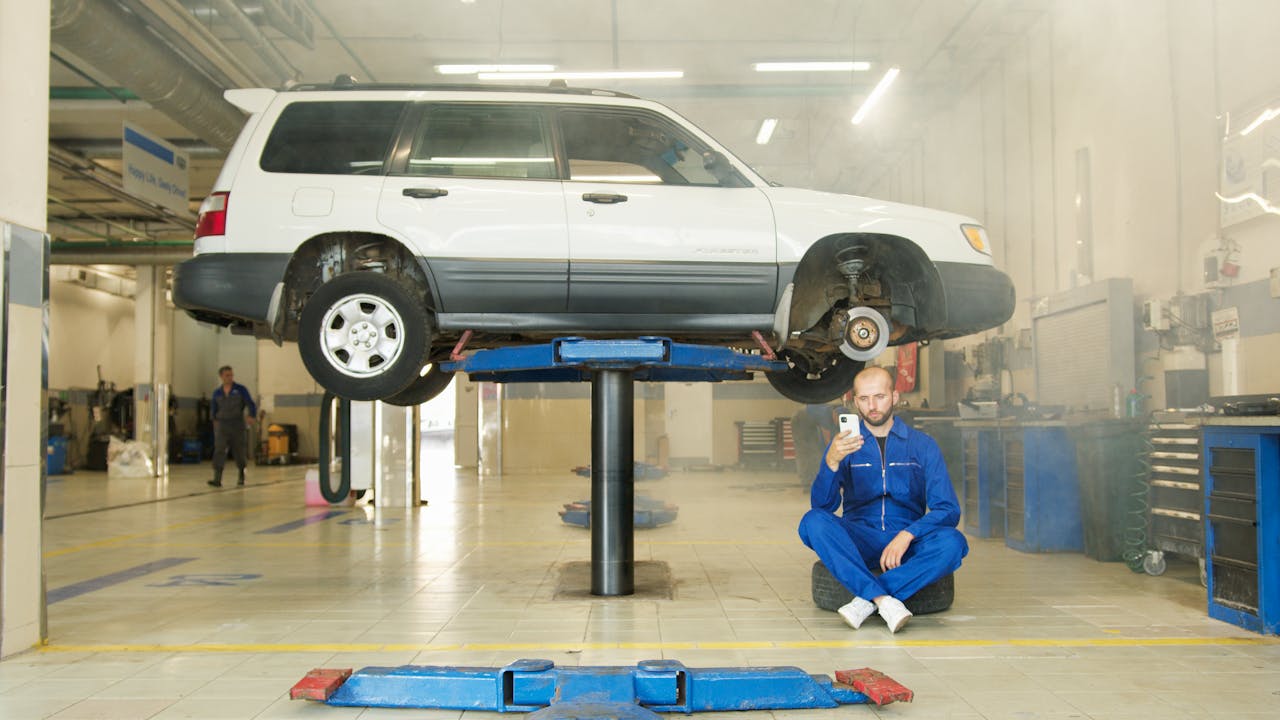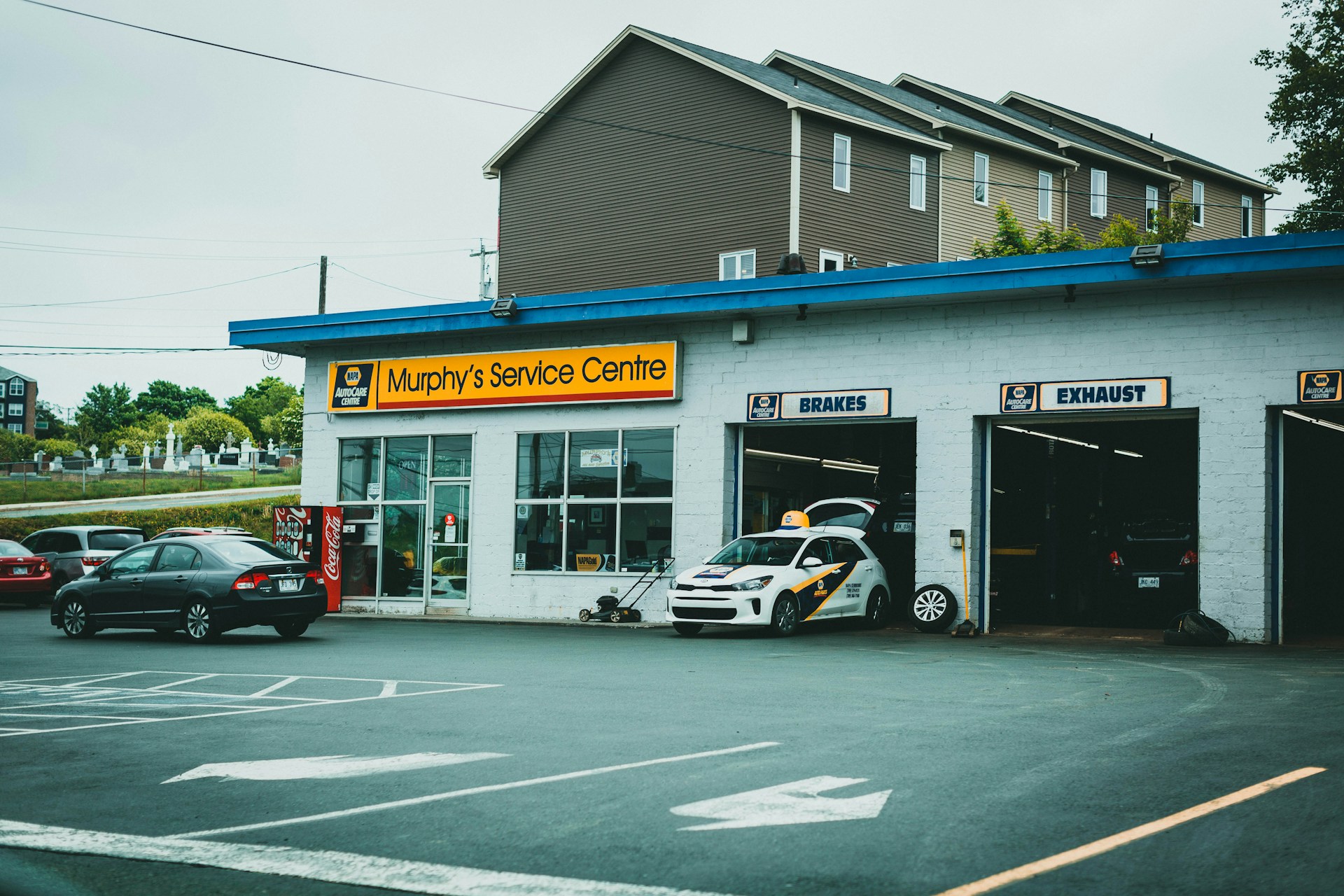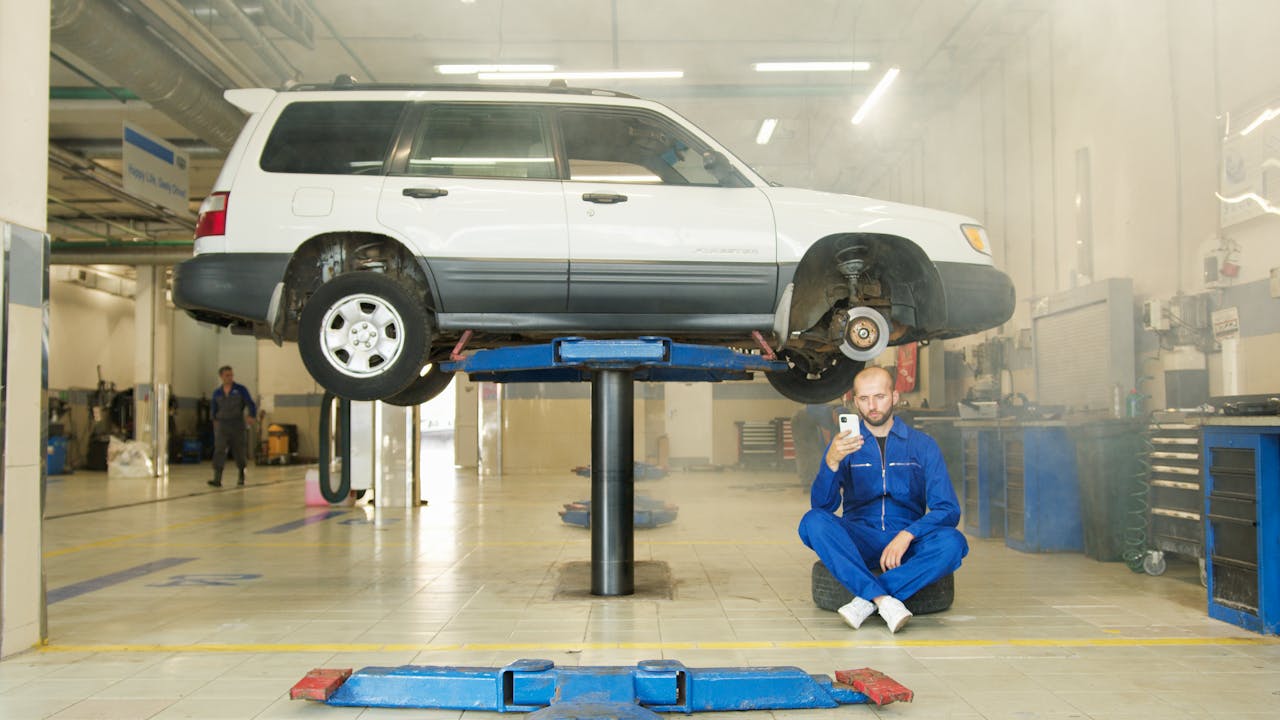Every 2 PSI increase in compressed air pressure raises energy costs by 1%. When we design compressed air systems for auto shops, this relationship between pressure and operating costs drives every decision we make. An efficient auto shop compressed air layout in McKinney requires balancing pressure distribution, material selection, and system capacity to minimize waste while ensuring reliable performance at every workstation.
Layout forms the foundation of any compressed air system design. The physical arrangement of shop bays, compressor placement, and piping configuration directly influences material quantities, installation complexity, and compressor requirements. We approach each layout by considering simultaneous tool operation, pressure drop across distance, and future expansion needs to deliver consistent SCFM at required PSI levels throughout the facility.
How Should You Plan The Layout And Configuration?
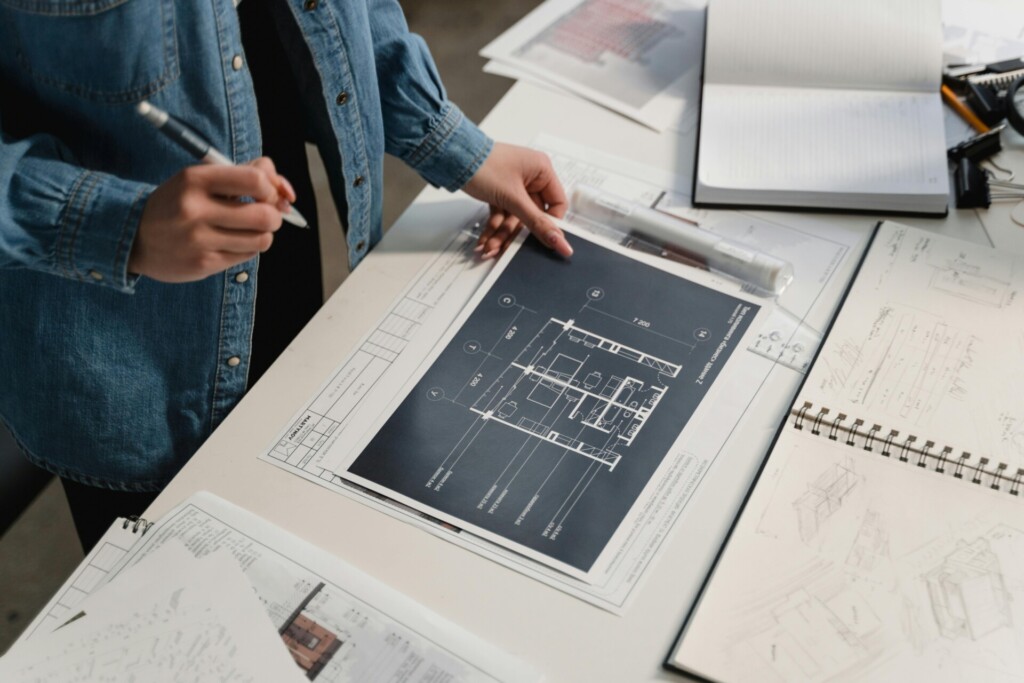
Creating an effective compressed air layout begins with documenting your shop’s physical dimensions and requirements. We start by sketching the facility to identify compressor placement, bay positions, and the total run length to the furthest outlet. This upfront planning directly influences pipe sizing decisions and system configuration choices.
The total linear distance affects both pressure drop and material requirements. Longer runs demand larger diameter pipes to maintain adequate pressure at distant workstations. We measure from the compressor location to each bay and calculate the cumulative distance for all drops to ensure proper system sizing.
Choosing Between Closed-Loop And Linear Systems
A closed-loop system represents the most efficient configuration for auto shops. The loop design allows compressed air to reach any point from two directions, promoting uniform pressure between all sampling points. This configuration minimizes pressure drops and ensures consistent tool performance across multiple bays operating simultaneously.
When shop layout prevents a complete loop, we implement a linear system with strategic compressor placement. The compressor should be positioned near the center of the network or we can feed the system from both directions using multiple compressors. This approach reduces the maximum distance air must travel to reach any workstation.
Balancing SCFM Demand With System Pressure
We size the main network to handle total SCFM demand while maintaining required PSI at each outlet. This calculation considers simultaneous tool usage across workstations and accounts for pressure losses through fittings and pipe runs. Each tool’s consumption rate and duty cycle affects the overall system requirements.
Future expansion planning influences initial pipe sizing decisions. We recommend oversizing the main trunk line by 25-50% to accommodate additional bays or higher-capacity tools without complete system redesign. This approach proves more cost-effective than retrofitting undersized piping later.
Strategic Compressor Placement
Compressor location affects installation costs, maintenance access, and system performance. We position units in clean, well-ventilated areas with sufficient clearance for service work. Proximity to electrical supply and drainage connections reduces installation complexity and ongoing operational costs.
The compressor room should maintain ambient temperatures below 100°F when possible. Higher temperatures increase the moisture content in compressed air and reduce dryer efficiency, potentially requiring oversized treatment equipment downstream.
Which Piping Materials And Components Work Best For Auto Shops?
Selecting the right piping materials determines how well your compressed air flows and how long your system lasts. We prioritize materials that resist corrosion while maintaining smooth airflow characteristics. Four materials stand out as practical choices for automotive shop installations.
Primary Piping Material Options
Aluminum piping delivers rigid construction with simple compression fittings that require no welding or soldering. The material prevents gas diffusion through pipe walls, maintaining consistent pressure throughout your network. Installation moves quickly since connections snap together without specialized tools or techniques.
HDPE offers flexibility for installations with multiple turns and obstacles while providing complete corrosion resistance. This polyethylene variant handles the moisture and temperature variations common in auto shop environments. The smooth interior surface promotes laminar flow, reducing energy loss through friction.
PE-RT brings the same benefits as HDPE but tolerates higher operating temperatures. We choose this material when shops run equipment that generates significant heat or when piping routes near warm areas. The food-safe rating, while not essential for automotive work, indicates superior material quality.
Specialized Components For System Control
Ball valves provide positive shutoff capability for isolating sections during maintenance or repairs. We install these upstream and downstream of major components to enable quick service without depressurizing the entire system. Union fittings simplify component replacement by allowing disconnection without cutting pipe.
Flexible hose connections absorb compressor vibration and thermal expansion while preventing stress transfer to rigid piping. These anti-vibration hoses protect connection points from fatigue failure. We position them between the compressor outlet and the first rigid pipe section.
Water Management Components
Take-off drops with water trap inserts capture condensate before it reaches tools and equipment. The trap design uses gravity to separate water from the air stream, preventing moisture from continuing downstream. We slope main lines toward these collection points to encourage natural drainage.
Manifolds with built-in drains distribute air to multiple workstations while providing centralized moisture removal. These components consolidate several connection points into a single assembly, reducing potential leak locations. Regular drain operation maintains system efficiency and prevents water accumulation.
Access And Distribution Enhancements
Hose reels organize flexible connections at each bay while protecting hoses from damage and extending service life. The retraction mechanism keeps work areas clear and prevents tripping hazards. We position reels for easy access without interfering with vehicle movement.
Quick couplers enable rapid tool connections and disconnections without air loss. These fittings maintain pressure when tools disconnect, eliminating the pressure recovery time that wastes energy. The standardized connections work across different tool brands and applications.
Nylon piping provides an economical option that resists heat and light degradation while maintaining strength characteristics. This material works well for shorter runs or temporary installations where aluminum or HDPE may exceed budget constraints. Push-to-connect fittings make installation straightforward for basic applications.
How Do You Manage Air Quality, Moisture, And Drainage?
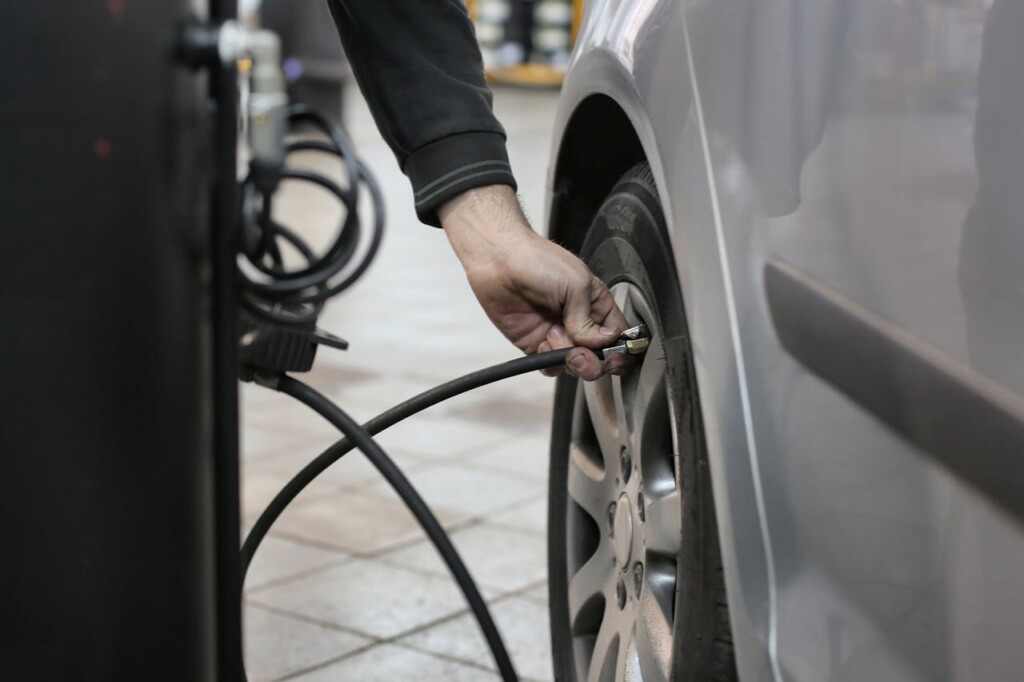
Compressed air quality demands a strategic approach that addresses contamination at every stage. We install treatment components at the compressor discharge, throughout the distribution system, and at individual use points to maintain clean, dry air across all workstations.
Primary Treatment At The Compressor Outlet
The first stage of air treatment begins immediately after the compressor discharge. We install a water separator to remove bulk liquid condensate that forms during compression and initial cooling. This mechanical device uses centrifugal force to spin water droplets to the outer wall where they drain away from the air stream.
Following the water separator, we add coalescing filters that capture smaller oil and water particles by forcing them to combine into larger droplets. These filters work by slowing air velocity and using specialized media that allows contaminants to stick together until they become heavy enough to fall into collection bowls.
A refrigerated air dryer serves as the cornerstone of moisture control by cooling compressed air to approximately 35 to 38 degrees Fahrenheit. This process forces water vapor to condense into liquid form, achieving a pressure dew point that prevents condensation in downstream piping under typical shop conditions. The dryer then reheats the air to near ambient temperature before it enters the distribution system.
Condensate Management And Disposal
Condensate drains remove accumulated water from separators, filters, and dryers automatically. We prefer electronic level-sensing drains that use capacitive sensors to detect liquid levels and open membrane valves only when drainage is needed, eliminating compressed air waste common with timer-based systems.
All condensate contains compressor oil mixed with water, creating an emulsion that requires proper treatment before disposal. An oil-water separator processes this mixture using gravity separation and filtration media to remove petroleum products, allowing clean water to discharge to approved drains in compliance with environmental regulations.
Point-Of-Use Air Quality Control
Drop fittings at tool connection points include water trap inserts that prevent condensate from reaching pneumatic equipment. These simple devices use gravity and directional flow changes to separate any remaining moisture that condenses in distribution lines.
FRL units combine filtration, regulation, and lubrication functions at individual workstations. The filter removes remaining particles and moisture, the regulator maintains consistent pressure for specific tools, and the lubricator adds controlled amounts of oil to tools that require it. We set regulators to match actual tool requirements rather than system pressure to prevent artificial demand that wastes energy.
Different shop operations require varying air quality levels according to ISO 8573 quality classes. General pneumatic tools typically operate effectively with Class 4 moisture content, while spray painting applications demand Class 2 or better to prevent contamination that causes finish defects. Sandblasting operations need extremely dry air to prevent media clumping and ensure consistent surface preparation results.
How Do You Size The Compressor And Budget The System In McKinney?
Compressor sizing begins with understanding simultaneous tool demand across your shop. We calculate the CFM requirements for all tools that might operate at the same time, then add a safety margin of 25-30% to prevent undersizing. Multiple impact wrenches running simultaneously in different bays create higher demand than sequential use, so the compressor must handle peak loads without pressure drops.
Distance affects sizing decisions significantly. Longer pipe runs from the compressor to work stations create pressure losses that require higher CFM capacity to maintain adequate PSI at the tools. We size the compressor not just for tool requirements but for the total system including pipe length, fittings, and elevation changes that reduce effective pressure.
Managing Simultaneous Demand And Pressure Regulation
Higher compressor capacity helps when multiple bays operate simultaneously. Rather than installing an oversized unit, we regulate pressure to each use point to prevent artificial demand. When tools receive more pressure than needed, they consume excess CFM unnecessarily, forcing the compressor to work harder.
Pressure regulators at each bay or tool station maintain optimal PSI levels. An impact wrench rated for 90 PSI should not receive 120 PSI from an oversized system. This regulation reduces energy consumption and extends tool life while ensuring the compressor operates within its designed efficiency range.
Ball valves allow us to isolate zones for maintenance or leak testing without shutting down the entire system. We install lockout ball valves at strategic points so individual bays can be serviced while others remain operational. This isolation capability proves essential during system expansion or equipment repairs.
Building A Complete Cost Picture
Total system costs extend far beyond compressor acquisition price. We factor in installation labor, electrical connections, piping materials, air treatment equipment, and structural modifications needed to support the system. Installation costs can equal or exceed equipment costs depending on site complexity and local labor rates in McKinney.
Operating energy represents the largest long-term expense. Running a 100 CFM compressor at full load consumes 17-22 kW per hour, translating to $1.70-$2.20 hourly in energy costs. Annual operating costs range from $14,900-$19,300 for continuous operation, making energy efficiency a critical selection factor.
Maintenance and repair expenses accumulate over the compressor’s service life. We budget for routine maintenance including oil changes, filter replacements, and belt adjustments. Preventive maintenance costs less than emergency repairs and extends equipment life significantly. Disposal costs for old equipment and environmental compliance also factor into the total ownership picture.
Reliability Through Testing And Control Systems
Leak testing validates system integrity before final installation. We pressure-test sections individually using soapy water or ultrasonic detectors to identify leaks at joints, fittings, and connections. Fixing leaks during installation prevents energy waste and maintains system pressure throughout the service life.
A programmable shut-off valve at the tank outlet reduces idle starts and energy waste. This valve automatically isolates the tank when the compressor shuts down, preventing pressure bleed-off that would trigger unnecessary restart cycles. The valve pays for itself through reduced energy consumption and extended compressor life.
Routine maintenance planning begins before system startup. We develop schedules for filter changes, oil analysis, belt tension checks, and leak detection. Regular maintenance prevents small problems from becoming costly failures and ensures consistent air quality for critical applications like spray painting or precision assembly work.
Conclusion And Next Steps For McKinney Shops
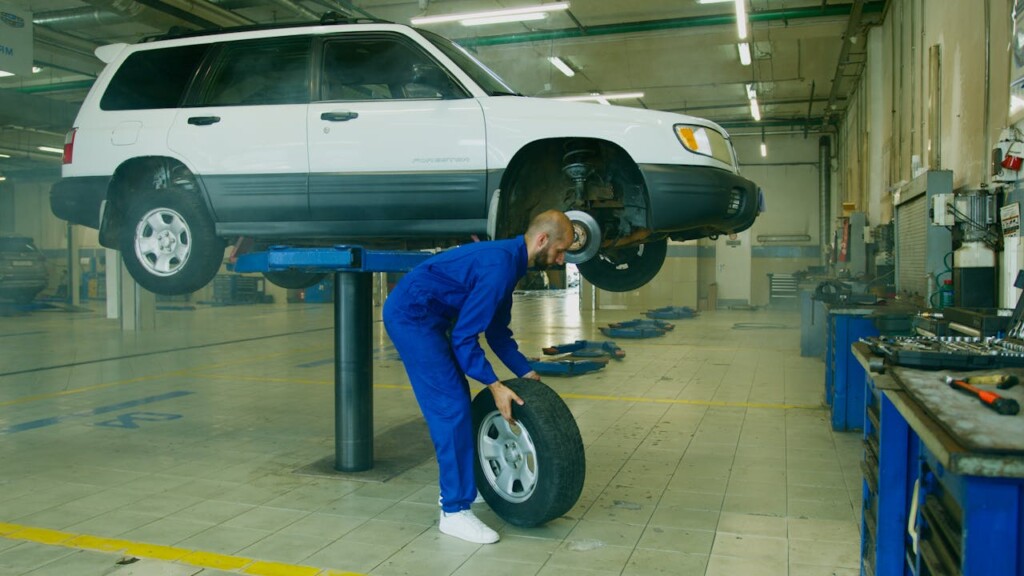
An effective compressed air layout starts with strategic planning and follows proven principles. Prioritize a closed-loop system when shop layout permits, as this configuration maintains consistent pressure across all workstations. Size your piping to handle simultaneous SCFM demands while maintaining required PSI levels, and select materials like aluminum or HDPE that resist corrosion and maintain airflow over time.
Multi-stage air treatment protects your investment and tools. Install water separation at the compressor outlet, add refrigerated dryers to control moisture, and place FRL units at points of use. Slope main lines toward drain points, use water trap inserts in drop connections, and install ball valves to isolate sections for maintenance and future expansion. These isolation valves allow us to service or expand the system without shutting down the entire shop operation.
Before purchasing equipment, sketch your shop layout, list all current and planned tools with their air requirements, and map component locations. This planning prevents costly oversights and ensures proper system capacity. Document everything for your maintenance schedule, including valve locations, drain points, and equipment specifications.
For McKinney auto shops build out, contact EB3 Construction to coordinate professional design, installation, and testing for a reliable system that supports your operations.

